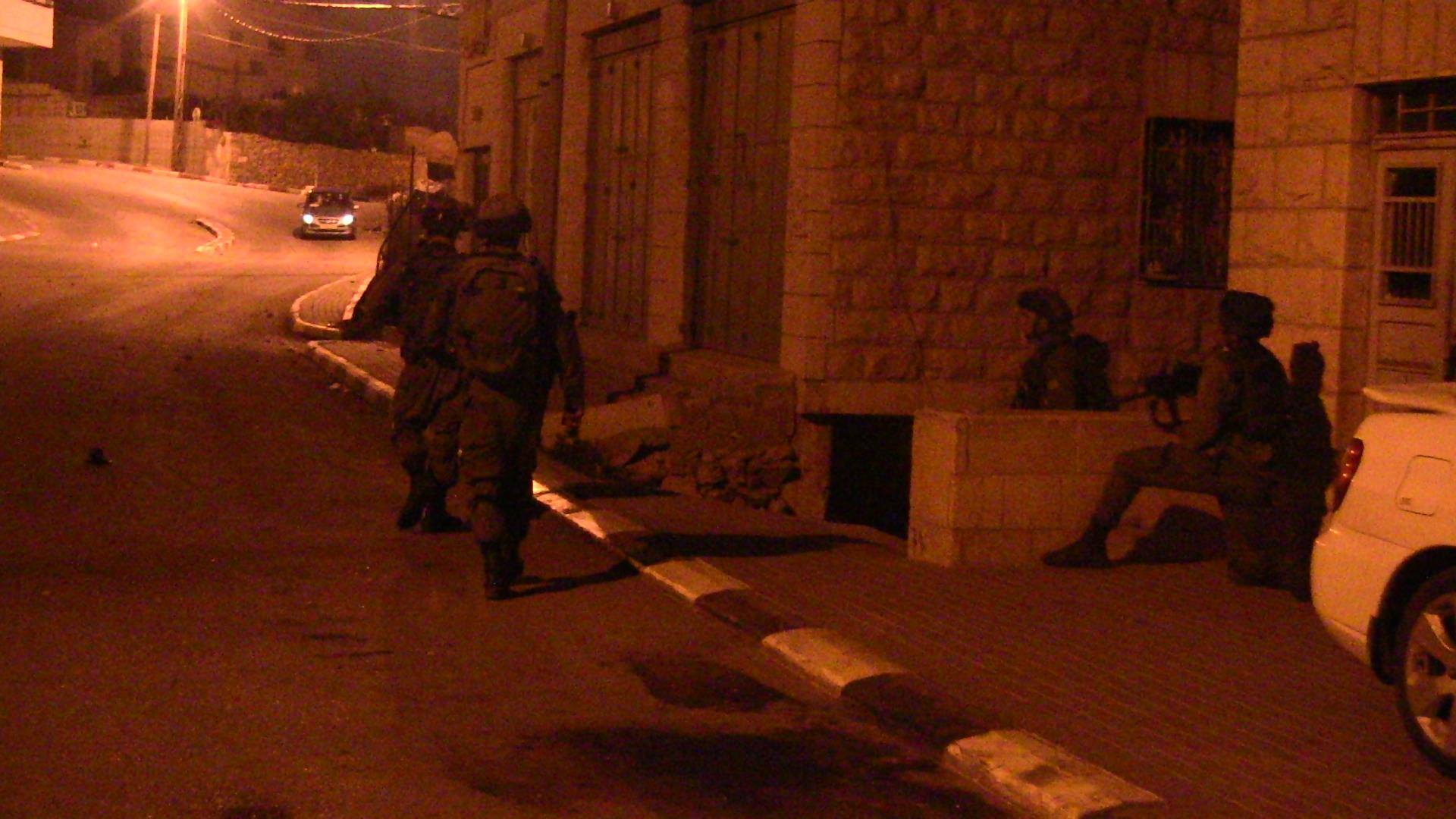Tag: Live Ammunition
-
“We were walking home and they shot at us”
2nd December 2015 | International Solidarity Movement, al-Khalil team | Hebron, occupied Palestine On the evening of the 1st of December 2015, five Palestinian boys were shot at by Israeli forces with live ammunition on their way home to Tel Rumeida. The five boys – between the ages of sixteen and seventeen years – were on…
-
First aid crews need your support to save lives!
9th November 2015 | International Solidarity Movement, Huwara Team | occupied Palestine On October 30th 2015, Israeli forces shot at one of Fadi’s ambulances which resulted in the windows of one of the ambulances being broken alongside other damages. As Israeli aggression towards Palestinians escalates during confrontations, medical aid such as that provided…
-
Another bloody Friday in Gaza
October 8th, 2015 | International Solidarity Movement, Gaza team | Gaza Strip, occupied Palestine Israeli Forces shot and killed a 23 year old on Friday, the 6th of October, in demonstrations east of Khan Younis in the southern part of the Gaza strip. The man was identified by The Ministry of Health in Gaza as Salameh Moussa…



